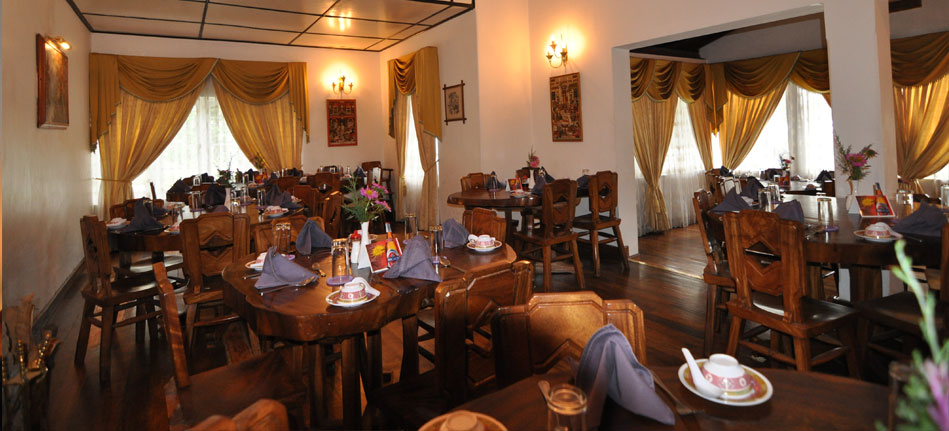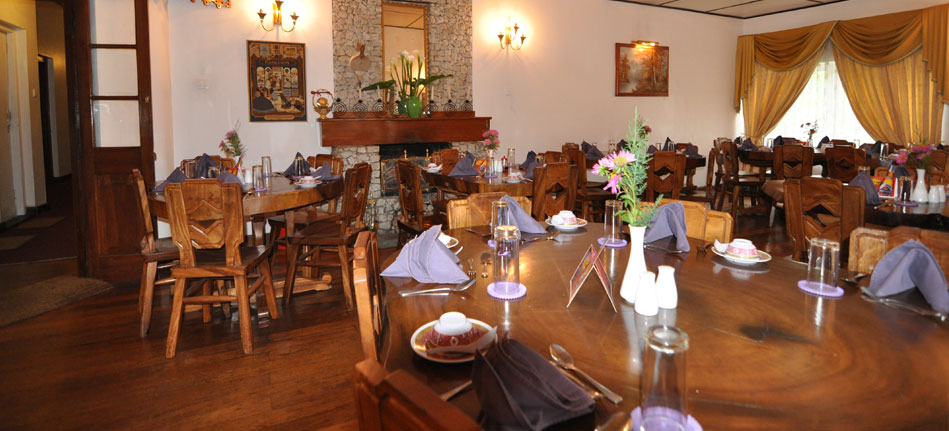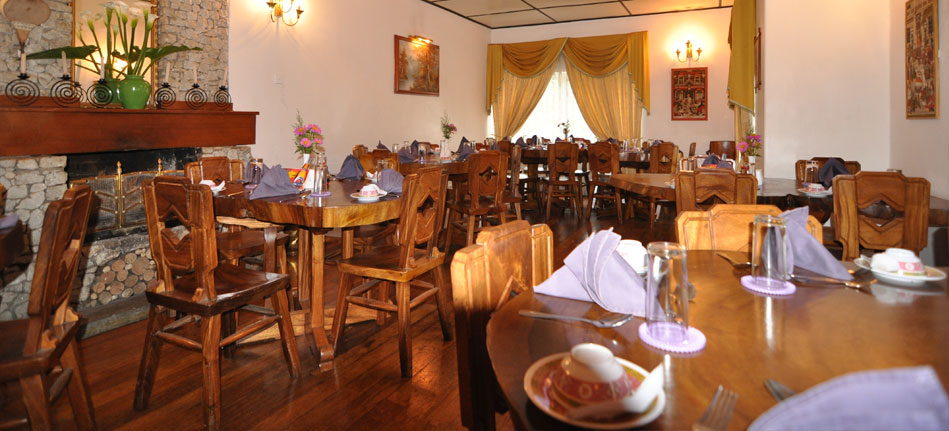Little England
Nuwara Eliya, otherwise known as "Little England," is a old-world town located in Sri Lanka's beautifully lush hill country. Nuwara Eliya region was "discovered" by a hunting party led by the colonial administrator, legendary Dr. Major John Davy in 1819. During the British Colonial Period, Nuwara Eliya was a favourite holiday retreat for the crème de la crème of British society on the island. They turned this town, with its ideal cool temperature and rich foliage, into a beautiful little town strongly reminiscent of England, from the architecture of the houses to the flowers that still peep out of every corner. To this day, Sri Lanka's "Little England" remains almost completely untouched and you feel like you've skipped continents as you enter its city limits.
John Davy narrates: Descending this hill on the other side, we arrived, at ten o'clock at a spot of open ground, very little lower, called Kicklemann of the extent of several acres, nearly circular, of wet irregular surface, surrounded by forest consisting chiefly of rhododendrons, spotted here and there with solitary trees of the same kind, and watered by a purling stream that ran through the middle of it. Leaving this place, which is said to be the boundary of Kotmale and Ouva, we entered a forest, in which we began to see traces of elephants, and proceeded over wooded hills gradually descending the hills we came to a great extent of open country, the aspect of which was not less novel than agreeable. Our guides called it called it Neuraellyia-pattan. In point of elevation and extent, this tract, there is reason to believe, surpasses every other of the kind in the island; perhaps it is fifteen or twenty miles in circumference, and its average height may be about 5300 feet above the level of the sea. Surrounded by the tops of mountains, whish have the appearance of hills of moderate height, its character is that of table-land elevated and depressed into numerous hillocks and hollows. The wood which covers the boundary mountains (and they are all, without exception, covered with wood,) is of a peculiar kind, quite alpine, and very similar to what we found on the summit of Naminia-cooli-kande. The same kind of wood ramifying into the table-land, and occurring scattered about in insulated clumps, with large solitary rhododendrons here and there, has a very picturesque effect, and helps to make a very charming landscape. Beautiful as this region is, and cleared, and possessing, in all probability, a fine climate, (certainly a cool climate), like the similar heights between Maturatta and fort M'Donald, it is quite deserted by man.










